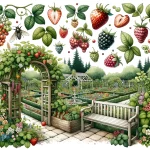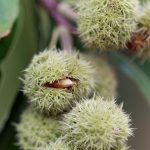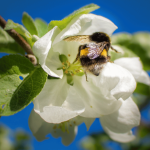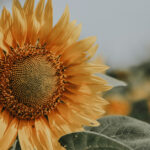Growing Apples from Seed: My Personal Experience
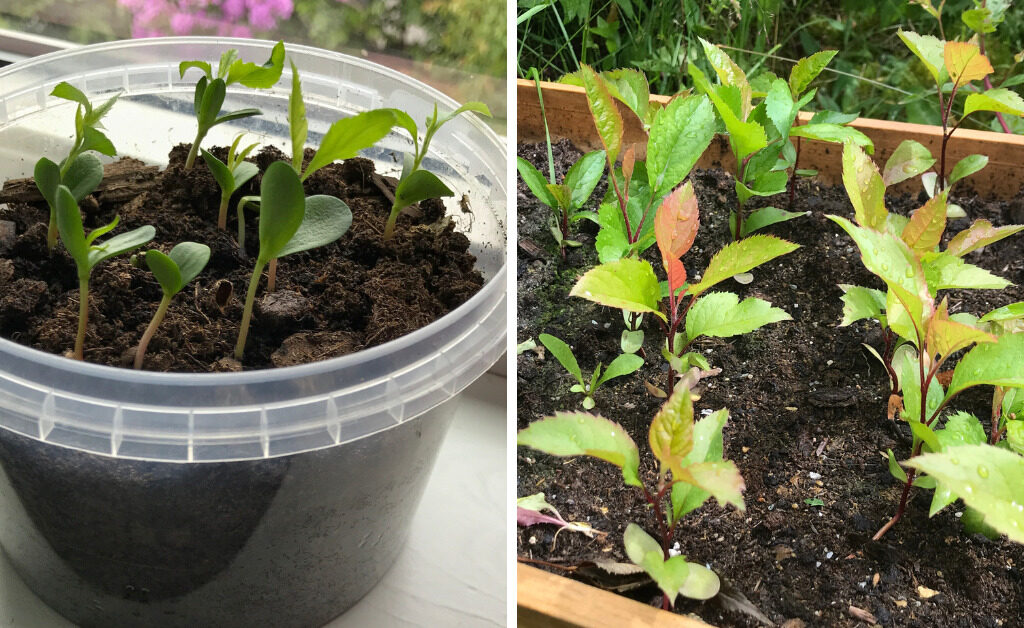
Growing your own apple tree from seed can be a journey filled with anticipation and surprises. While the idea of nurturing a tree from a tiny seed to a fruit-bearing giant is romantic, there are challenges and potential rewards to consider. In this article, I’ll share my personal experiences, insights, and tips on this fascinating endeavor.
The Mystery of Seed-Grown Apple Trees
Apple trees (Malus domestica) grown from seeds are a marvel of nature, showcasing its whimsical side. When you bite into an apple from a tree you’ve grown from seed, you’re tasting the result of nature’s genetic lottery. Unlike grafted apple trees, which are designed to produce a specific type of apple, seed-grown trees are wild cards.
Why do Apples from Seed-Grown Trees Vary
The apples from these trees can be a delightful surprise or a puzzling mystery, differing in taste, texture, and appearance from the apples of the parent tree. This variability isn’t due to random chance but is rooted in the genetics of apple trees. In essence, apple trees possess a high degree of genetic variability, making each seed’s outcome a unique experiment.
Understanding Genetic Variability: The Role of Heterozygosity
At the heart of this variability is a phenomenon known as heterozygosity. In genetics, zygosity refers to the degree of similarity of the alleles in an organism. Most eukaryotes, including apple trees, are diploid, meaning they have two matching sets of chromosomes. If both alleles of a diploid organism are the same, the organism is homozygous at that locus. If they are different, the organism is heterozygous at that locus.
Heterozygosity is particularly significant in apple trees. Research has shown that apple trees exhibit a high degree of heterozygosity, leading to each seed within an apple potentially producing a tree with its own unique characteristics. This genetic diversity is a result of the apple tree’s evolutionary history, where genetic mixing and mutations have created a vast array of potential genetic combinations.
The Implications of Heterozygosity in Apple Trees
What does this mean for the aspiring gardener hoping to grow an apple tree from seed? Firstly, it underscores the unpredictability of the endeavor. The apple tree that grows from a seed may produce fruit that is vastly different from its parent. This could mean apples of a different size, color, texture, or taste. In some cases, the apples might be a delightful surprise, offering a flavor or texture that is unique and delicious. In other cases, the apples might be less palatable or even inedible.
However, this genetic roulette also offers an opportunity. By growing multiple apple trees from seeds, gardeners increase the odds of producing a tree with desirable characteristics. This is akin to rolling the dice multiple times, hoping for a favorable outcome. And even if the tree doesn’t produce tasty apples, it’s not a lost cause. As mentioned earlier, trees that don’t yield good apples can be used as rootstocks for grafting known, delicious apple varieties.
Embracing the Challenge
Growing apple trees from seeds is not just about the end product – the apples. It’s about the journey, the learning, and the joy of experimentation. It’s about embracing nature’s unpredictability and making the most of it. For those with patience, curiosity, and a love for gardening, growing apple trees from seeds offers a rewarding challenge.
In conclusion, while the heterozygosity of apple trees means that growing them from seeds can be a game of genetic roulette, it also offers opportunities for discovery, learning, and even delight. With patience, care, and a bit of luck, you can grow a delicious apple tree from seed, celebrating the wonders of nature’s genetic diversity.
Hope in the Genetic Lottery
While this genetic variability might seem like a gamble, it’s what makes growing apple trees from seed so exciting. Yes, there’s unpredictability, but there’s also the potential for discovery. You might just grow a tree that produces apples unlike any other, capturing a flavor or texture that’s truly one-of-a-kind.
Personal Insights from a Gardening Enthusiast
Gardening is as much an art as it is a science, and every gardener has their own unique experiences and insights to share. From my own gardening adventures, here are some deeper dives into the insights and tips I’ve gathered over the years:
The Surprising Growth Spurts
Size and Growth: One of the most fascinating aspects of growing apple trees from seeds is their potential for rapid growth. Unlike many commercial apple trees, which are grafted onto dwarf rootstocks to control their size, trees grown from seeds have no such limitations. This can lead to some impressive growth spurts. I still recall the astonishment I felt when one of my apple saplings shot up to a staggering 2 meters in just three years! It’s a testament to the untamed vigor of nature.
Playing the Numbers Game
Increase Your Odds: Apple cultivation from seeds is a game of chance, given the genetic variability of apple trees. If you’re dreaming of biting into a homegrown apple that’s the perfect blend of sweet and tart, it’s wise to plant multiple seeds. Think of it as entering the apple flavor lottery – the more tickets (or trees) you have, the better your chances of winning!
Every Tree Has Its Purpose
Repurpose Trees: In the world of apple cultivation, not every tree is destined to produce the next award-winning apple variety. Some might yield fruit that’s too tart, too bland, or just not to your liking. But here’s the silver lining: these trees aren’t wasted. They can serve as sturdy rootstocks for grafting known, delicious apple variants. And if you’ve been diligent in planting your trees while they’re young, you can be confident of their robust root system, a stark contrast to some store-bought apple trees that might be root-bound.
Dream Big, Spend Little
Cost-Effective Apple Hedge: An apple hedge is a gardener’s dream – a living fence that not only offers privacy but also bears fruit! However, realizing this dream with known variant trees can burn a hole in your pocket. The solution? Grow your trees from seeds. It’s a cost-effective way to create a lush, fruit-bearing hedge.
The Local vs. Store-bought Seed Dilemma
Local vs. Store-bought Seeds: Over the years, I’ve experimented with both local and store-bought apple seeds. My observation? Seeds from local apples often give rise to trees that are acclimated to my region’s climate, resulting in hardier plants. However, I haven’t given up on store-bought seeds. They come with their own set of advantages. For instance, these seeds have often been stored in cool conditions during transport, eliminating the need for additional cold stratification. This convenience factor is hard to ignore, especially when I’ve witnessed a whopping 99% germination success rate with these seeds, sans any extra cold treatment.
The Seed Choice: Local vs. Store-bought
When it comes to choosing seeds, there’s a debate between using local apple seeds and store-bought ones. Using seeds from local apples has a distinct advantage: they’re more likely to be acclimated to your region’s climate, leading to hardier trees. Over the years, while I’ve experimented with both, I’ve found myself gravitating more towards local variants.
However, store-bought seeds come with their perks. Due to their cold storage during transport, many of these seeds often don’t require additional cold stratification. This convenience is hard to overlook, especially when I’ve achieved a 99% germination success rate without any extra cold treatment.
The Importance of Cold Stratification
Cold stratification is a crucial step when dealing with apple seeds, especially local variants. This process involves cold-treating seeds to break their dormancy, mimicking the natural winter conditions they’d experience in the wild. I typically stratify my seeds for 6-8 weeks in the refrigerator. This period of cold exposure increases the chances of successful germination once the seeds are planted.
Planting and Nurturing Your Apple Tree
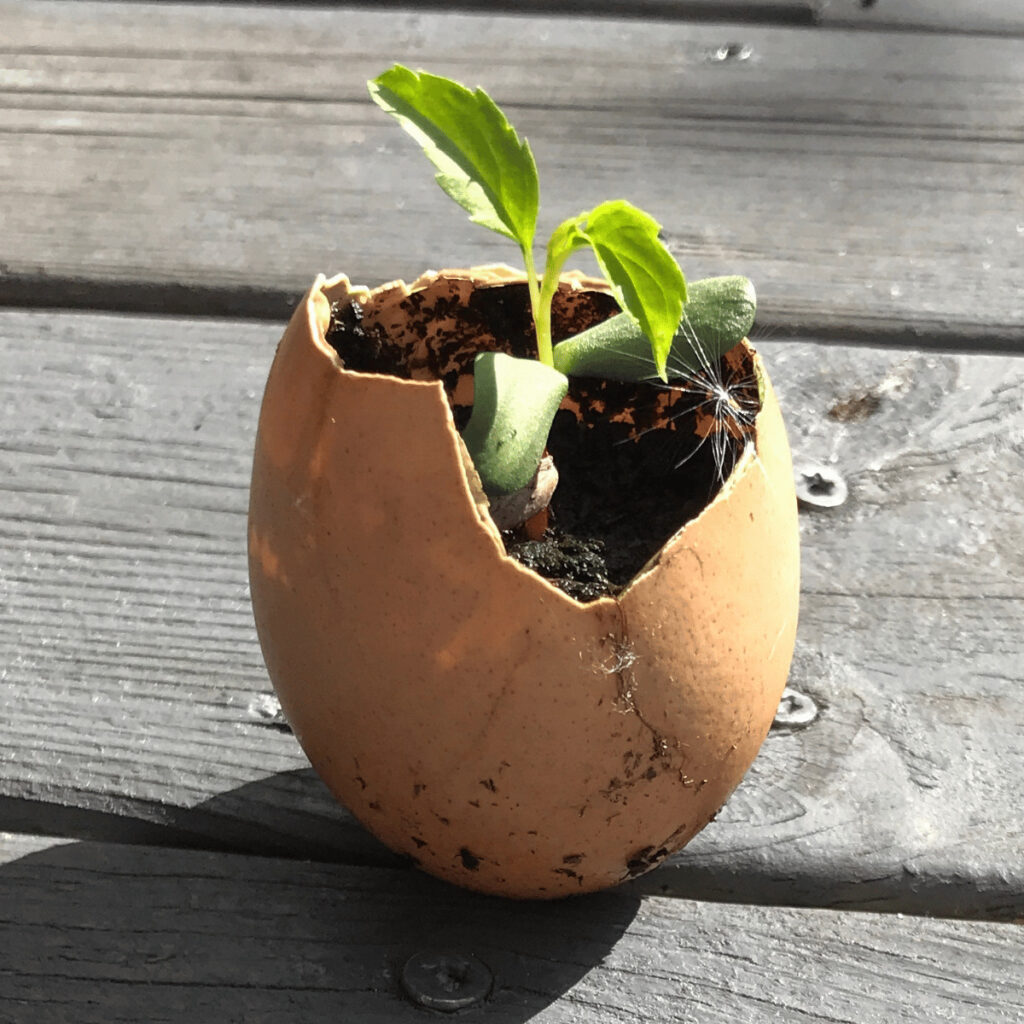
Planting and Care: Begin by planting the seeds in well-drained soil. Apple trees, especially when young, thrive with regular watering. As they grow, it’s essential to nourish them with a balanced fertilizer mix every spring and fall. This ensures they receive all the vital nutrients needed for healthy growth.
Apple trees, while hardy, can be susceptible to various pests and diseases. Regularly inspect your trees and take preventive measures to ensure they remain healthy and robust.
The Waiting Game: Patience Is Key
Growing an apple tree is a lesson in patience. From the moment you plant that tiny seed, it’s a waiting game. While you might see the sapling shoot up, don’t expect to pluck apples immediately. Typically, it takes at least 3-5 years before an apple tree starts bearing fruit. But with consistent care and a bit of patience, the rewards – in the form of juicy apples – can be truly bountiful.
Seed-grown vs. Grafted Trees: A Comparison
While the unpredictability of seed-grown apple trees offers its own thrill, grafted trees provide a more certain outcome. Grafted trees are essentially clones of the parent tree, ensuring consistent fruit quality and type. Every apple from a grafted tree is a replica of its parent, both in taste and appearance.
On the other hand, growing apple trees from seeds is akin to embarking on a botanical adventure. There’s the potential of discovering a new apple variety, one that might have a unique taste or texture. It’s this blend of science, chance, and potential discovery that makes growing apple trees from seeds a rewarding experience.
Environmental Impact: More Than Just Fruit
Growing apple trees goes beyond the simple pleasure of harvesting fresh fruit. It’s a commitment to the environment and a step towards a more sustainable future. Here’s how:
Biodiversity Boost: Apple trees, especially native varieties, contribute to the rich tapestry of biodiversity. They become part of a network of plants that support various forms of life, from insects to larger animals.
Habitats for Wildlife: An apple tree is more than just its fruit. Its branches offer shelter, its flowers provide nectar, and its fruit is a food source. Birds, bees, and even small mammals find solace and sustenance in and around apple trees.
Carbon Sequestration: In the face of global climate change, every bit helps. Apple trees, like all trees, play a role in carbon sequestration. They absorb carbon dioxide, a greenhouse gas, and release oxygen, making them invaluable allies in the fight against global warming.
Supporting Local Ecosystems: By choosing to cultivate native apple varieties, we’re making a conscious decision to support our local ecosystems. Native varieties are often more resistant to local pests and diseases and require fewer interventions, making them a sustainable choice.
Conclusion: The Labor of Love and Nature’s Reward
Embarking on the journey of growing an apple tree from seed is akin to entering a long-term relationship. It’s filled with moments of anticipation, challenges, and ultimately, rewards.
Embracing Uncertainties: The genetic variability of apple trees means every seed holds a promise and a mystery. While this can be daunting, it’s also what makes the process so exciting. Every tree grown is a unique entity, with its own set of characteristics.
The Unparalleled Joy: There’s a unique kind of joy in biting into an apple from a tree you’ve nurtured from seed. It’s a taste of your labor, patience, and care. It’s a flavor that’s unmatched by store-bought apples, not just in taste but in the satisfaction it brings.
A Journey Worth Taking: While challenges are part and parcel of growing apple trees from seeds, they’re overshadowed by the rewards. With patience, care, and a sprinkle of luck, anyone can experience the profound satisfaction of growing their own apple tree from seed. It’s not just about the apples; it’s about the journey, the learning, and the connection with nature.
Dive Deeper into Sustainable Gardening
If you found our guide on growing apple trees from seeds enlightening, you’ll likely appreciate our exploration into the world of indicator plants. Discover their significance in understanding soil health and garden conditions in our article: What are Indicator Plants and What Can We Learn from Them?.
Continue Your Journey in Scandinavian Fruit Gardening
If you found the adventure of growing apples from seed both challenging and rewarding, you’ll be thrilled to explore our Top 10 Berries and Fruits for Scandinavian Gardens: A Comprehensive Guide.
This guide is a must-read for anyone interested in expanding their knowledge and diversifying their Scandinavian garden with a variety of fruits and berries.
Why This Guide is a Perfect Next Step:
- Genetic Diversity: Learn about the genetic diversity of other fruits and berries that can be grown in Scandinavian gardens, similar to the genetic variability you experienced with apple seeds.
- Sustainable Choices: Discover fruits and berries that align with your commitment to sustainability and environmental impact.
- Personal Insights: Gain valuable insights from fellow gardeners who share their personal experiences, just like you did with apple seeds.
Don’t miss the chance to further enrich your gardening experience and possibly discover new favorites for your garden. Read the Comprehensive Guide Now.

